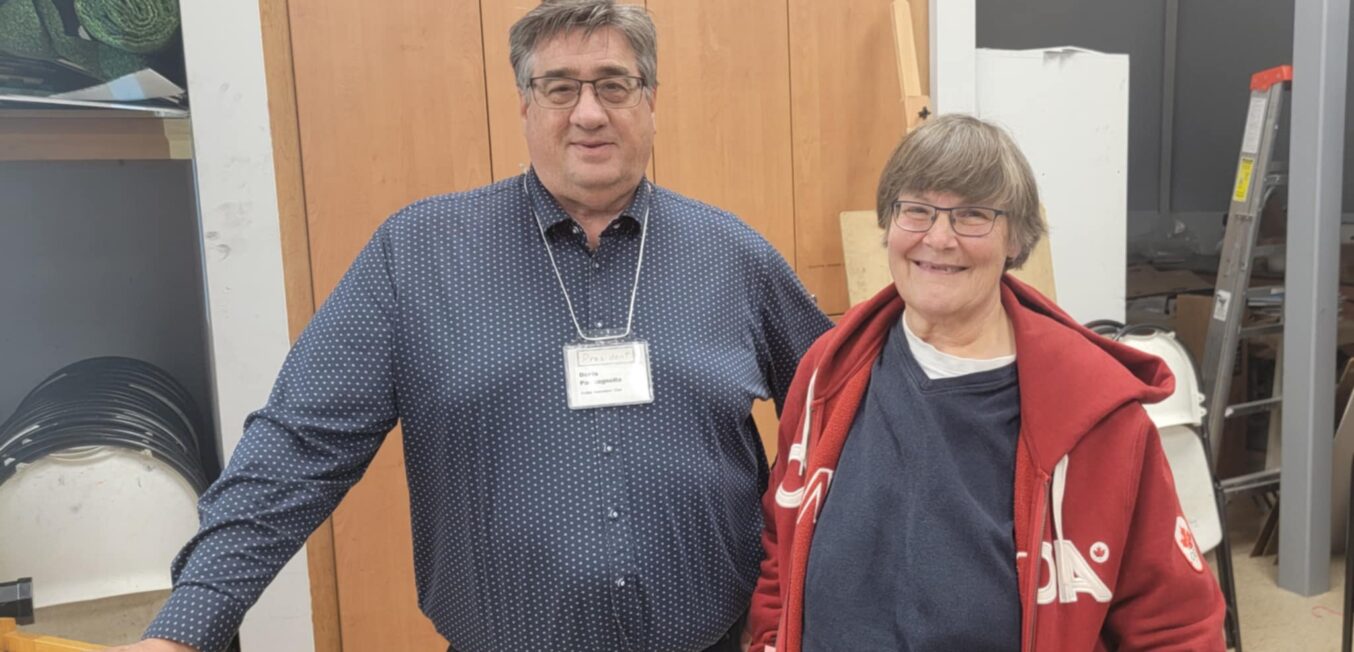At our October meeting, we delved into the fascinating world of MOTUS towers and their essential role in wildlife conservation and species tracking. Our group gathered to learn about this cutting-edge technology through a video presentation.
The MOTUS Wildlife Tracking System, developed to monitor the movements of small animals, particularly birds, uses a network of automated radio telemetry towers. These towers track animals equipped with tiny radio transmitters, providing invaluable data on migration patterns, habitat use, and survival rates. The technology is particularly beneficial for tracking species that are too small for GPS-based devices, giving researchers unprecedented insight into their movements across vast distances.
The video we watched emphasized how MOTUS towers have revolutionized wildlife research by offering a real-time understanding of species’ behaviors and challenges. The data collected helps inform conservation strategies, guiding actions to protect endangered species and better manage ecosystems. We also learned about the collaborative efforts among scientists, conservationists, and various organizations to expand this network across the globe, ensuring the technology reaches its full potential.
MOTUS technology has become a game-changer in conservation, allowing for more precise, data-driven decisions to protect biodiversity. The video left us inspired, and our members expressed great interest in exploring how we, too, could support or collaborate with projects that use MOTUS towers.
Ginny Moore joined us in person and was able to share photos and data from a local tower, set up on her house in Carden. The local tower in Carden has records of Red Knot, Whimbrel, Ruddy Turnstone, Common Nighthawk and others. The data includes information on when the geotag was attached to the individual bird, so you can see the movement of a single individual. Ginny shared an example of a Common Nighthawk that was banded in Gravenhurst July 7, 2018, and was then in Carden August 17, 2018. The MOTUS tower has recordings of that individual bird going near the tower FIVE more times in August. The same individual then returned in May of 2019, and August of 2019.
This October meeting was another example of how the Orillia Naturalists’ Club is committed to bringing nature enthusiasts together to explore, learn, and protect. We look forward to seeing you at our next gathering!

